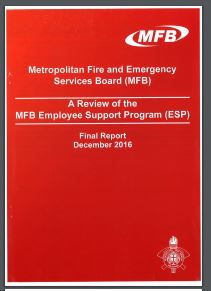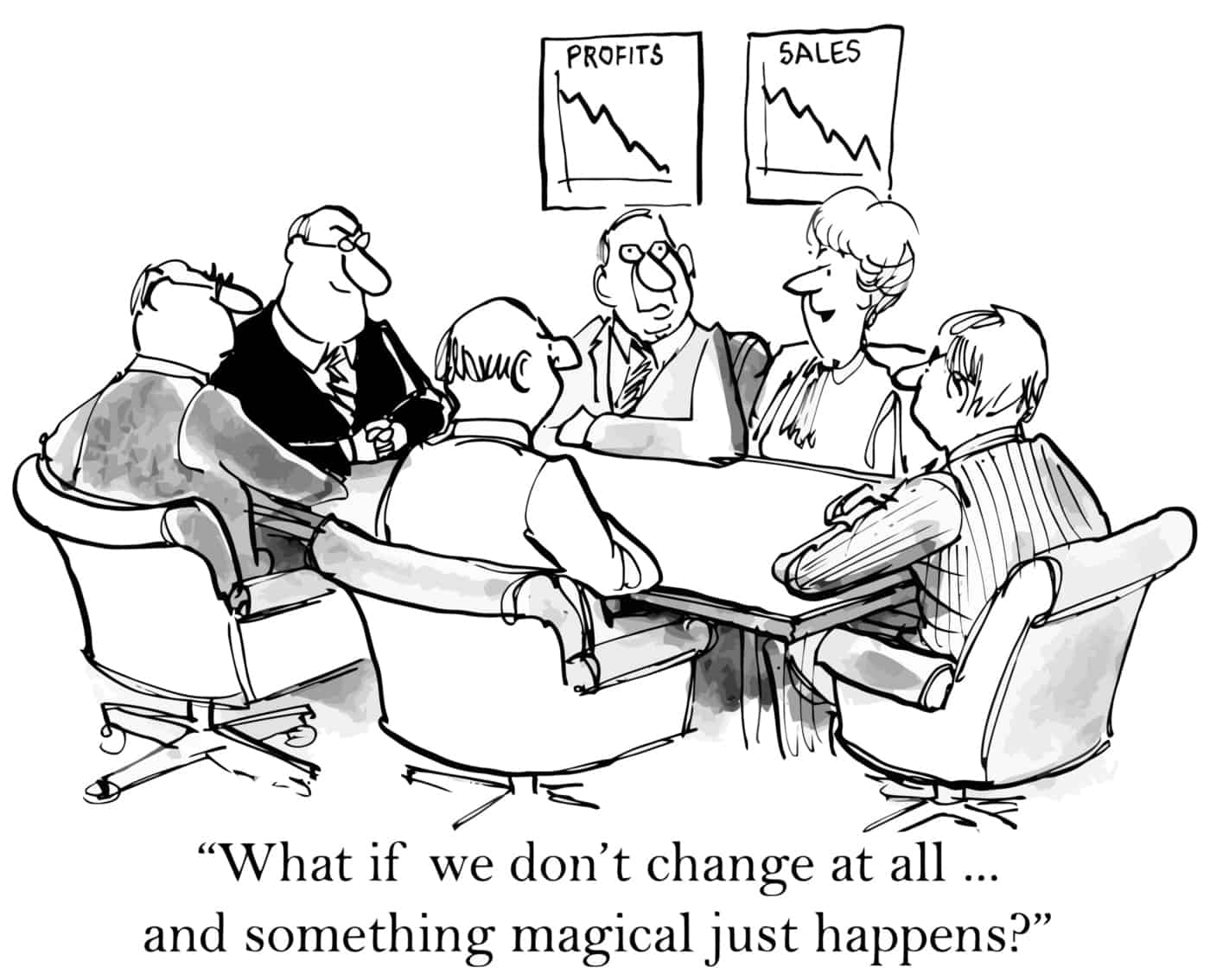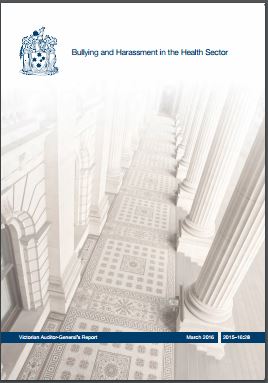Over the Christmas break I was cleaning out some files and found some old SafetyAtWork podcast files that used to be on iTunes around a decade ago. The information and perspectives remain important and to preserve the files I have uploaded them to SoundCloud.
One is an interview with Professor Michael Quinlan shortly after the Beaconsfield mine inquiry. The other is a presentation to the Central Safety Group by freelance journalist Gideon Haigh about the corporate approach to asbestos and compensation off the back of the publication of his Asbestos House book.
More will be posted over the next few weeks.






